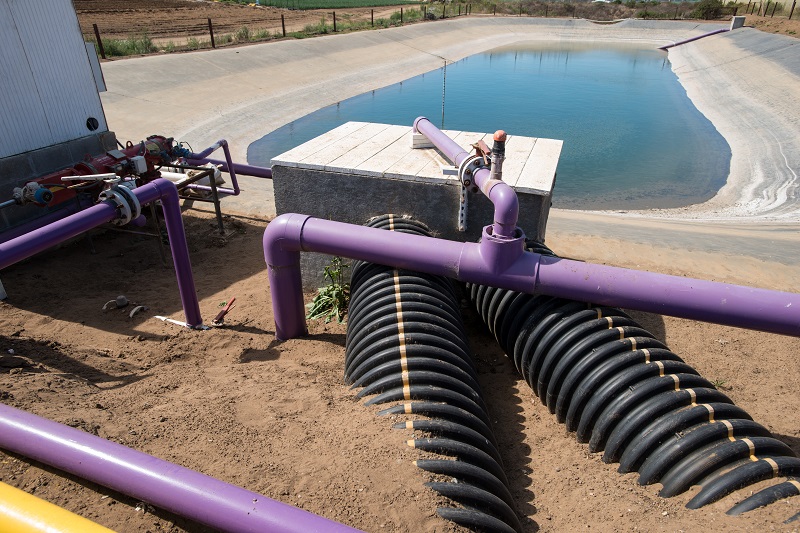Keeping the Water at Bay: This Is How You Install a Rainwater Drainage System in 7 Steps

Water can cause serious foundation issues for a home, so moving it away when it rains is crucial. Homeowners will need to look into more than just adding gutters to create a proper drainage system for their home and protect the home’s foundation. The basic steps for doing this include the following.
#1. Learn How to Design the Right Drainage System
It’s important for homeowners to understand what makes up the drainage system and how to choose the right one for their home. They will want to take time to check out a guide on understanding drainage systems so they can learn more about what this system is, what will work well for their home, and other things they might want to consider.
#2. Add Gutters Around the Roof of the Home
The first thing most homeowners will want to do is add gutters around the roof of the home. This helps capture the rain falling on the roof so it can be moved to certain areas away from the home. This helps homeowners avoid puddling near spots where two parts of the roof connect or water puddling right next to the foundation after heavy rain.

Rainwater Drainage System
#3. Add Downspouts at the Appropriate Intervals
The downspouts need to be installed at the appropriate intervals so they can bring the rainwater down from the gutters without issues no matter how much it rains. Gutters should be slightly sloped towards the downspouts, and the downspouts need to be installed correctly to prevent leaks.
#4. Use Downspout Extenders to Move Water Away
Downspout extenders help ensure the water is moved as far from the foundation as possible. A variety of options exist, allowing homeowners to choose the option that’s right for their home. For areas where it rains heavily, it might be a good idea to choose longer extenders so the water doesn’t end up flowing back towards the foundation despite the extender.
#5. Ensure Proper Grading Around the Home
If the grounds around the home slant downward toward the home, the rainwater is going to simply flow back to the foundation and start to cause damage over time. Instead, homeowners should look into having the yard around the home properly graded. Proper grading helps move the water down away from the house instead of encouraging it to puddle near the foundation.
#6. Create an In-Ground Drainage System
An in-ground drainage system can help move water further away if there is a significant amount of rainfall regularly or if the water still pools close to the foundation despite extenders and proper grading. There are different types of in-ground drainage systems to choose from depending on what the homeowner prefers and what works well for their home.
#7. Check that Water is Draining Properly
Once all of the components of the drainage system are installed, the homeowner must check to ensure the water is draining away from the home. Use a hose to put water on the roof and make sure it moves away from the home and check again after heavy rainfall. If the water still isn’t moving away from the foundation, adjustments to the drainage system may be needed.
The home’s drainage system should be designed to move water far from the foundation. This can help keep the foundation safe and prevent future issues. If you need help creating a drainage system for your home, speak with an expert about the available options today.


